PIM
B2B can no longer do without PIM.
December 1, 2023 · 5 min read
When talking about Product Information Management (PIM), the emphasis is often on B2C. But B2B e-commerce is growing enormously at the moment. With that, the need for B2B to create better product information and to make it accessible to new channels is also growing.
For the chain of manufacturers, distributors and wholesalers, e-commerce brings new challenges that PIM can help solve. These parties all have their own challenges, especially in sectors where there is no industry standard. Is your company active in a sector where an industry standard for product information is already in use? Congratulations! Then you probably have it a lot easier. In this article we focus on manufacturers, or brand owners who are active in a sector where an industry standard is not common. And there are quite a few of them.
Brand owners lack control.
In popular terms, digital product information is nothing more than the digital twin of the real, physical product. But for quite a few manufacturers, the digital sister is often the neglected child of the real product. Nevertheless, it is wise as a manufacturer to also pay attention to the digital sister: the digital product information. Certainly when it comes to durable goods that are not purchased frequently. Because there is a good chance that the ultimate buyer of your product will first orient themselves online, where the digital sister will have to hold her own. The information must be attractive, up-to-date and complete. And of course, your product information must also be SEO-optimized. The latter especially if you, as a manufacturer, want to sell the product directly to the consumer via your own online brand store (the Direct-to-Consumers trend).
Immediate danger.
Good product information does more than just increase the chance of successful conversion. Neglecting product information as a manufacturer also poses a direct danger. There is then a real chance that a link in the chain, for example a retailer, will start working with the information about your product. As a result, you as a manufacturer relinquish control over the presentation of your product on online channels such as web shops, product feeds, search engines, newsletters, digital shelf cards and marketplaces. As a result, the presentation of your products can be violated. In terms of correctness, attractiveness, completeness, image/professional presentation in text, image and video. And ultimately, of course, the overall appearance that you want to convey as a brand.
Big challenge.
Your big challenge as a brand owner is to optimally present your products in the sales channels of your partners such as retailers. A number of specific challenges from B2B practice:
- Outperform competitors: If the product information you send is incomplete or unattractive, there is a much greater chance that such a retailer or reseller will tinker with your product. Prevent this. You can do this by ensuring that the product information you send contains good and multiple images, is provided with the correct and complete set of specifications and has attractive descriptions. Do this structurally better than your competition. Do you want to go a step further? Then see if you can add information about the application of a product, customer reviews and USPs. Note, of course, you should carefully consider how you spend your attention on a product. This does not make much sense for a set of tiewraps of € 0.69, but for high-end office furniture, for example, it certainly does.
- Media: For the vast majority of product groups, multiple images work wonders. Not only to stimulate sales. But also to prevent bad purchases that result in customer dissatisfaction and returns. Tip: the experience that our customers have gained over the years is that it can even pay off to make a 360-degree film per product for some product categories. That prevents returns.
- Classification: As obvious as it may sound, make sure that every product is always assigned to a product group. Are you active in a sector where the industry standard is common? Then preferably use that classification structure for your export. There is a good chance that your customers are familiar with that structure and actively use it. That in turn reduces the chance that your products accidentally end up in the wrong structure, for example in a webshop of one of your customers. Another practical tip: do not continuously change your product groups in your export. Changes in the classification structure of exports lead to a lot of adjustment work by your customers, which is prone to errors. This can lead to your products appearing in the wrong category on price lists or webshops, or no longer appearing at all.
- Bundles:
Do you want to increase your margin when selling through third parties? Then see if you can create a predefined bundle from two or more articles. This will of course have its own article number, image and description of which products are present in the bundle. Of course, it is important that you put together the bundle from articles that you can actually deliver and that you can handle administratively in your own systems.
A good PIM solution offers opportunities for these challenges.
As a brand owner, it is important to position your products in the sales channels of your distributors, as you as a brand owner want. Take that digital sister seriously. It pays off. If you take the above advice into account, you are definitely on the right track! The temptation for a seller to adjust the product content you have provided is greatly reduced. After all, you provide qualitative product information to your buyers that they can trust.
Trust is still the basis of trade. If you want to prevent this from burdening you with all kinds of extra work and checks, spreadsheets are no longer your friend. A good PIM system that enables you to tune your product information to customer groups and then automatically publishes it to these customers is your new best friend.

Written by: Arnout Schutte







